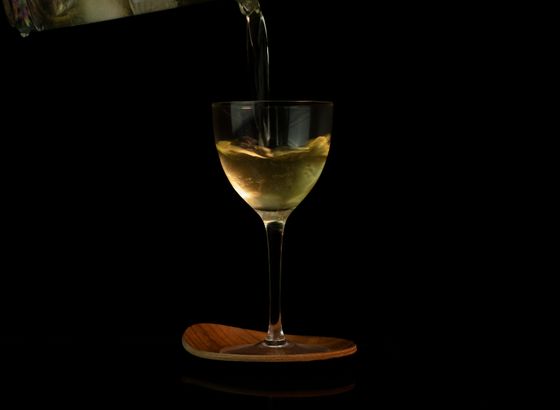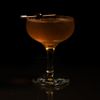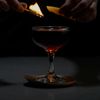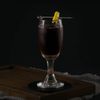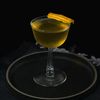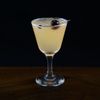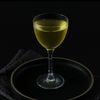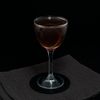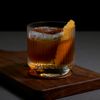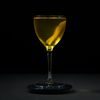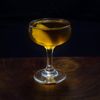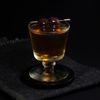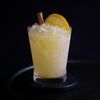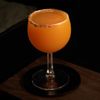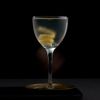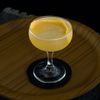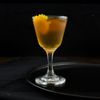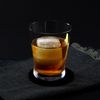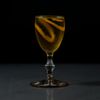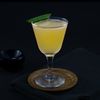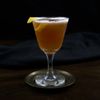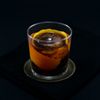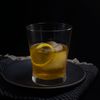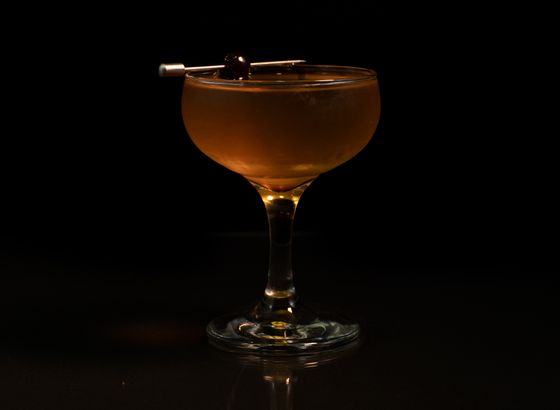
No. 223: Metropole
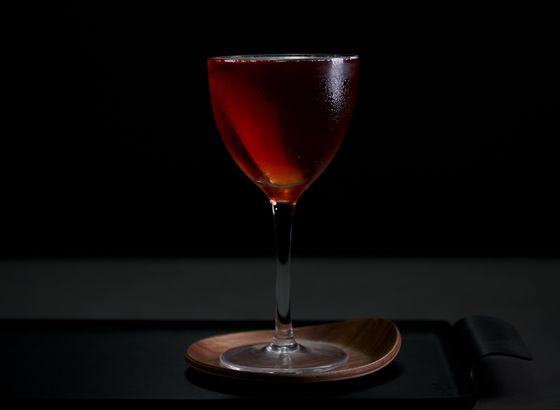
No. 185: Suburban
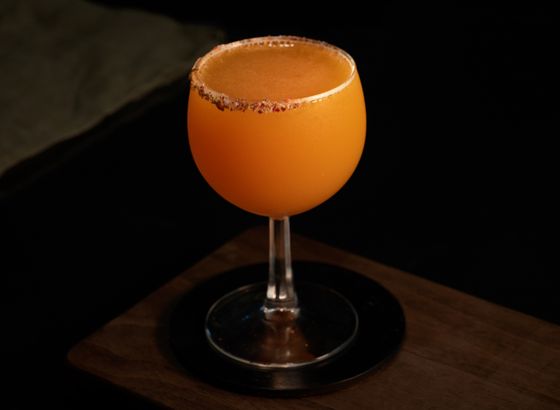
No. 208: Electron
orange bitters
The perfect compliment to gin, these fruity bitters are easily employed in a great many drinks
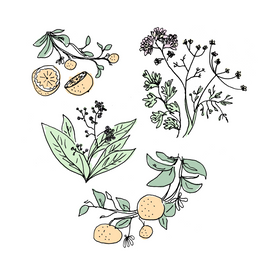
Orange bitters arrived a bit late to the cocktail party, but not by much. In the earliest cocktail books, such as Jerry Thomas’s How to Mix Drinks (1876) and Harry Johnson’s Bartender’s Manual (1882), only aromatic bitters are suggested, though Jerry Thomas does list a recipe for orange bitters in the first edition of his book. This trend continued until the early 1890s when it started popping up in recipes for gin drinks. Legendary San Francisco cocktail dispenser William “Cocktail” Boothby published the first edition of Cocktail Boothby’s American Bar-Tender in 1891, and though it is much shorter than later editions of the book, this original version contains several requests for orange bitters, including one for the excellent turf cocktail; a predecessor to the martini.
If there were a popular brand of orange bitters before prohibition, it did not survive the great die-off of the early 20th century. There are no storied orange bitter brands that can be picked up at the grocery store the way Angostura bitters or Peychaud's bitters can. That said, there is a great brand of orange bitters that can be procured easily, and it has a great story; it just happens to be from the 1990s, not the 1890s. Frustrated by the lack of good bitters available in Manhattan, Gaz Regan and his wife began experimenting with ways to make their own. As the Regans improved their recipe, entrepreneurial ideas arose and eventually a partnership was formed with the Sazerac Company, longtime producers of Peychaud’s. This would result in Regan’s orange bitters, which have become the most popular orange bitters around. Gaz, who went on to write The Joy of Mixology, writes in detail (and sometimes in comic sans) about the origin of the recipe, including a part where they had to make the bitters taste worse to please the Federal Tax & Trade Bureau.
Today, orange bitters are widely requested in recipes far and wide, and may be the most versatile bitters behind a bar. Sweeter, fruitier, and with fewer baking spice notes, orange bitters are perfect for long drinks, summer coolers, and more delicate classics like the martini, turf, and ford. It is also perfect in contemporary classics like the scorched earth, fair harvard, and revolver. Martini style drinks, in particular, seem to benefit greatly from their addition. Regan’s is the standard orange bitters, but fee brother’s makes a more affordable option that is good, as well as Angostura. As an added bonus, orange bitters tend to impart little color to a drink, aiding in the presentation of clear or jewel-toned cocktails. Fee Brother's version is completely clear, making it perfect for drinks where a translucent presentation is essential.


No. 223: Metropole

No. 208: Electron
